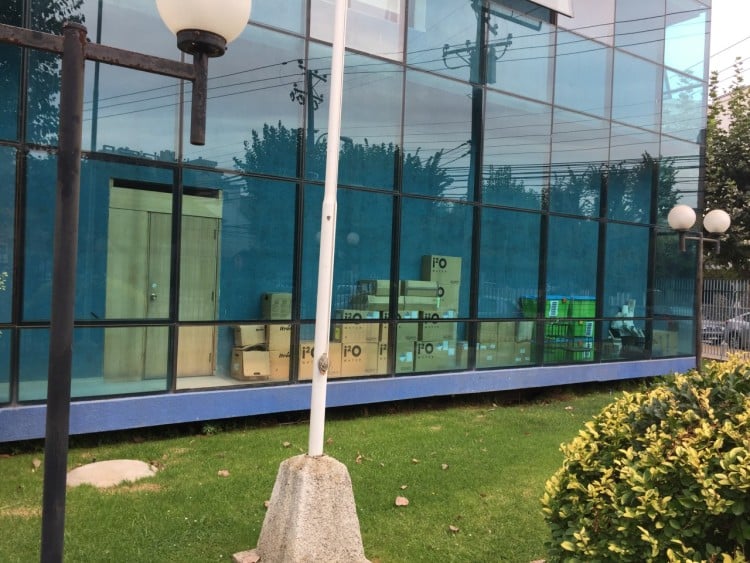
Chile
Our new man in Latin America, Patricio Orozco, has just spent a week in Chile meeting our existing clients and introducing some new ones to i2O’s solutions.
Chile is well regarded in Latin America as having good coverage for water services and high water quality standards. Three things have enabled this. A program of nationalisation in the late 1970s and 80s, followed by privatisation between 1995 and 2006, created a structure that enabled investment to be applied to the water sector. Regulator SISS, which monitors standards in the sector, has ensured that improvements have been delivered. A culture of accepting that water services need to be paid for at market rates has gained widespread acceptance amongst the populace.
Although many parts of Chile have sufficient water from snowmelt from the Andes, the country has had to contend with a number of natural disasters, many precipitated by the weather pattern known as El Niño. These have included drought, forest fires, floods, and earthquakes. Chile faces an especially significant increase in water stress by 2040 according to WRI who used various climate models and socioeconomic scenarios to score and rank future water stress based on competition for resources and depletion of surface water.
This week, Patricio’s visits included the three largest water utilities in Chile - Aguas Andinas, serving the capital Santiago, the Empresa de Servicios Sanitarios del Bio-Bío (ESSBIO), and the Empresa Sanitaria de Valparaíso (ESVAL).
Santiago is the Chilean capital, founded in 1541, but as you can see from the picture it’s keeping itself very much up to date. Aguas Andinas, owned by Suez/Agbar, supplies the city with its water. High charges and problems with supply have led to protestors demanding a return to public ownership, with suggestions that the profit motive cannot be reconciled with the radical solutions required to address climate change.

ESVAL became an i2O client just over a year ago when they started using i2O loggers to gather data to do statutory reporting to SISS. ESVAL have also started to manage pressure in their network using i2O’s oNet solution. And this year they will be piloting i2O’s iNet Advanced Module which provides PRV Condition Monitoring, before deploying it across the network. They expect to expand both of these deployments this year. When he visited ESVAL, Patricio was pleased to see empty i2O boxes in the client’s offices awaiting recycling.

Like ESVAL, ESSBIO are going to trial i2O’s iNet Advanced Module which provides PRV Condition Monitoring before deploying it across the network, and are reviewing the benefits that oNet can deliver to them given the challenges they face: high pressure variations, lots of weak asbestos pipes and earthquakes. They recognise that advanced pressure management is a quicker and cheaper solution than an extensive programme of pipe replacement. ESSBIO has previously had concerns about using software as a service, but like many of the water utilities i2O interacts with (and many other industries), the blue skies thinking of big IT empires are clouding over. ESSBIO is embracing the advantages of cloud: the speed with which benefits can be obtained, the minimal requirements on the company’s IT function, the high levels of security, and the cost effectiveness of sharing IT infrastructure.
Finally, we should also mention that i2O has an excellent partner in Glemans with whom it works closely to deliver i2O solutions to clients in Chile.
Tags: Blog, Industry Challenges, LATAM